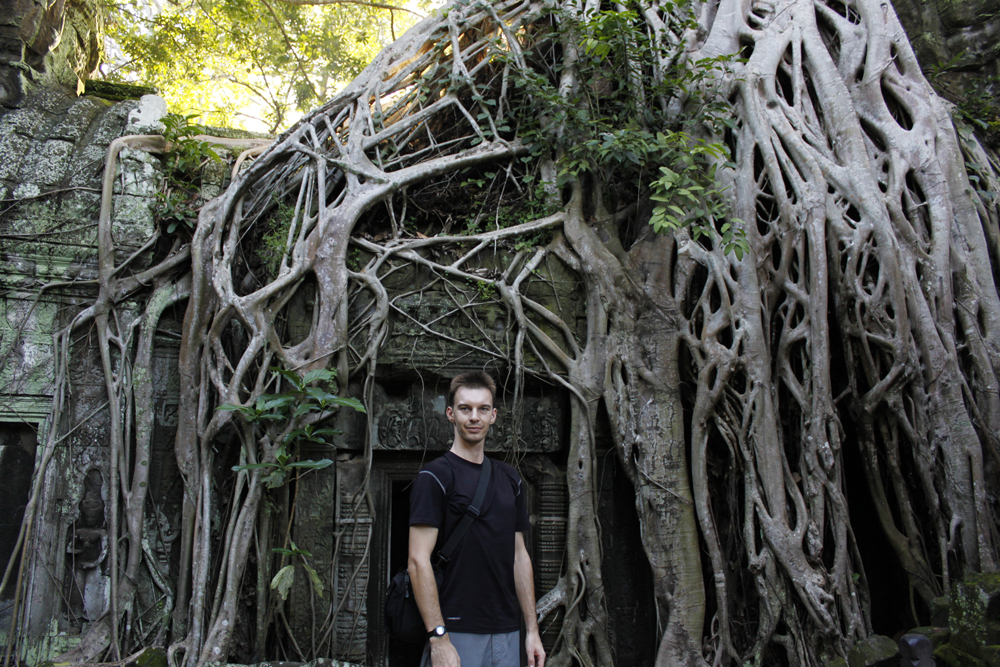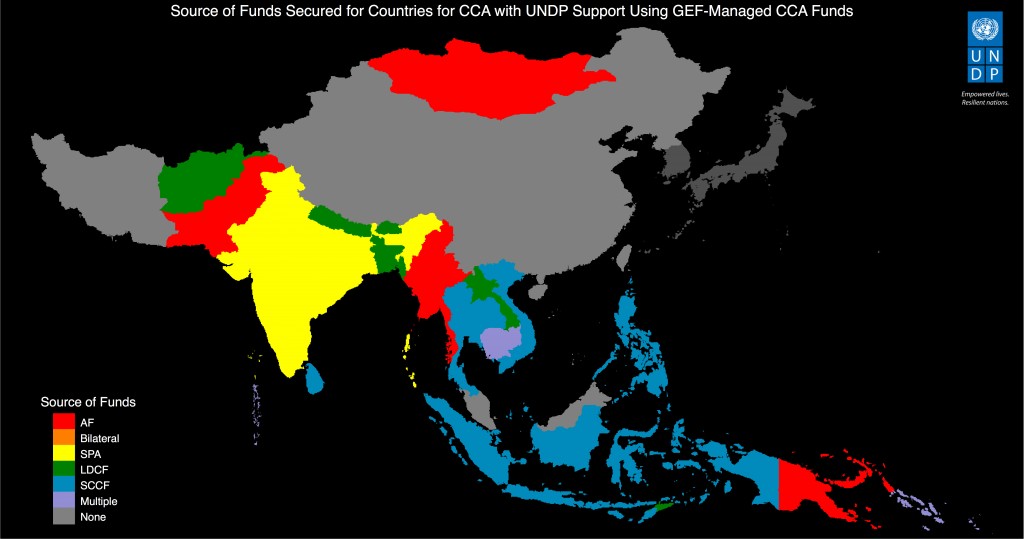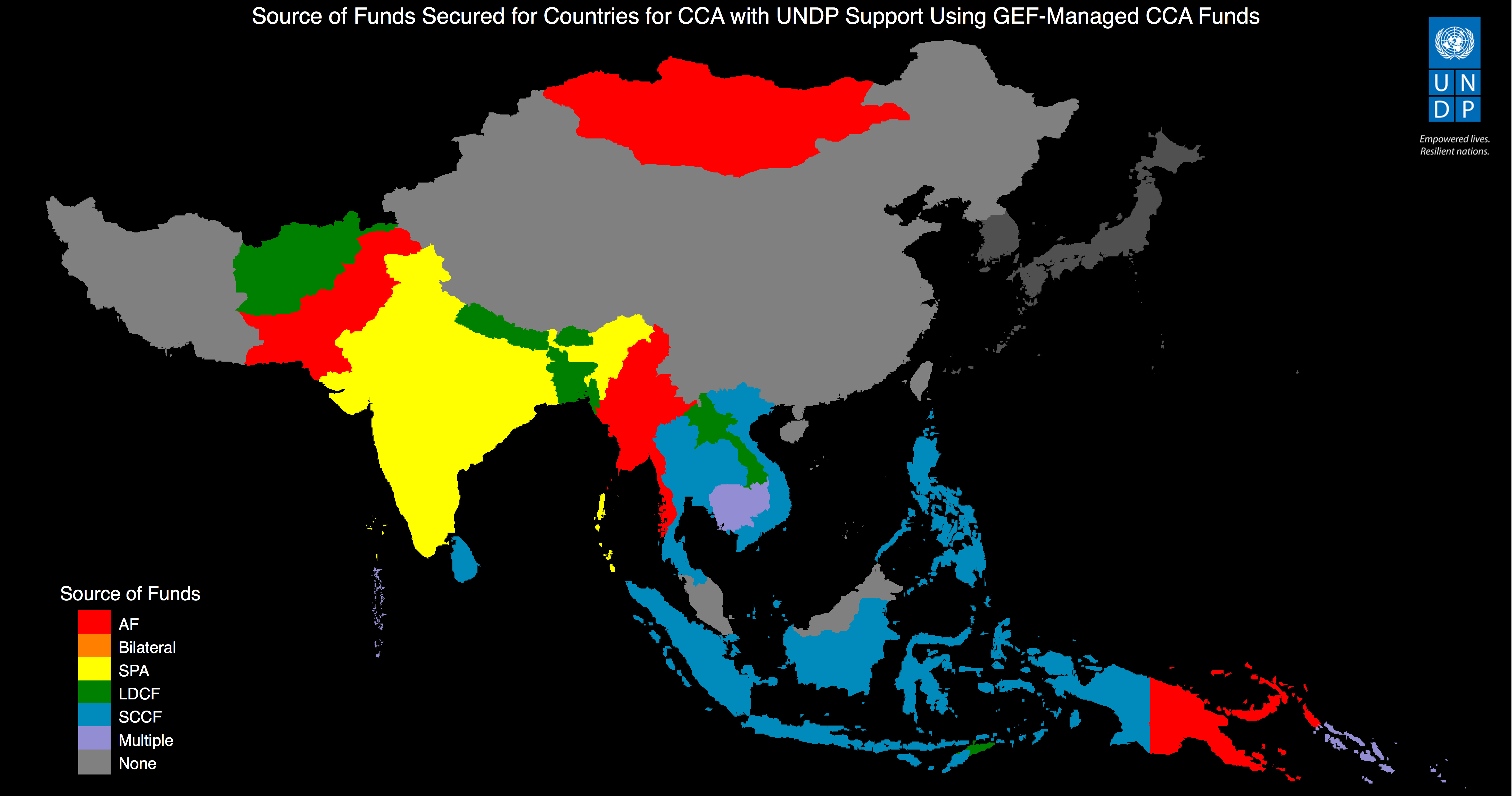By Judson Peck, M.S. Environmental Policy ’15
Tedious, frustrating weeks of trial and error to manipulate code for statistical software describes my first project for UNDP that resulted in an impressive win for my boss. Pradeep Kurukulasuriya, Head of the Climate Change Adaptation Team, overseas all ongoing UNDP-GEF funded climate change adaptation projects in 80 countries around the world. These projects generate an abundance of data that is monitored, revamped and distributed continuously, requiring up-to-date changes in a sea of fluctuating statistics.

The United Nations Development Program offered me an internship as part of the Climate Change Adaptation Team in the Asia Pacific Regional Center located in Bangkok, Thailand. I worked with the team to strengthen and expand UNDP’s services to systematically support adaptation to climate change. UNDP’s adaptation efforts focus on creating climate-resilient economic development and sustainable livelihoods, especially for vulnerable populations—the poor and marginalized, women and children, and indigenous peoples.
I was given the task of analyzing and creating visual outputs to highlight key trends across UNDP’s adaptation projects. The program of choice was STATA, statistical software that operates via computer code. Realizing that I had a basic understanding of STATA from my coursework at Bard CEP, I was motivated to improve the system.
The powerful software allows the user to quickly edit and compute analyses of massive datasheets for all of the projects by entering small lines of computer code. I quickly learned the difficulties of working in code—every space and letter must be precise or the entire code does not work. Everything is generated by code—size, symbols, colors, borders, text, spacing, and legend—there is no clicking and dragging or selecting presets. After weeks of figuring out the correct code I was able to successfully graph the desired analyses, such as total and average amount of funds secured over time or the number of days between procurement steps for projects. The advantage of using a coding program like STATA is that once the code is written, it can be run with new data to automatically generate updated graphs instantaneously.
STATA also has a command that enables data to be mapped. Since the projects are implemented around the world, displaying the information on a map rather than a graph has a much greater visual impact. For example, understanding the distribution of funds across a region is easier to comprehend on a color-coded map rather than a bar graph.

Taking my newly learned coding skills a step further, I spent many hours pouring over online tutorials teaching myself spatial mapping in STATA. After much frustration and time perfecting codes for the desired maps, I successfully created visually stimulating maps that were ready for publication. Having successfully created global maps, I continued to manipulate data to create regional maps that highlight projects within a particular geographical area.
The final triumph was eliminating hours of manually updating PowerPoints by linking the graphs and maps from STATA into the PowerPoint, thus streamlining the entire process. As a result, my boss can run the STATA code with the click of a button to create neatly formatted graphs and maps using updated datasheets as they are submitted. These updated graphs/maps are then automatically inserted into the existing PowerPoint ready for display and presentation instantaneously. My utilization of coding and automated process saves my boss an incredible amount of time and provides a visually impactful representation of project data.
My experience with the statistical software, STATA, proved to be an important and unique skill that made me a valuable asset to the UNDP office. Creating easy to understand and visually impactful representation of data is important for large organizations like UNDP to analyze and share information quickly.
Together with its partners, UNDP supports climate change risk management globally in the context of agriculture and food security, water resources, coastal zone development, public health, and climate change-related disaster risks. UNDP helps developing countries catalyze investment into green technologies and practices that will make climate resilient and environmentally sustainable development not only possible, but also economically attractive.
